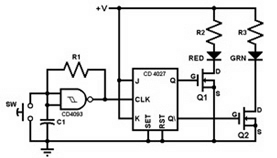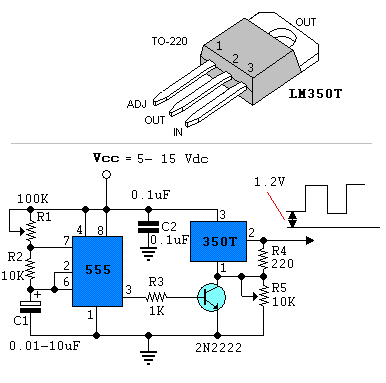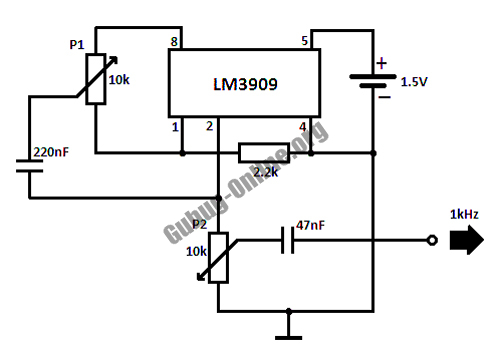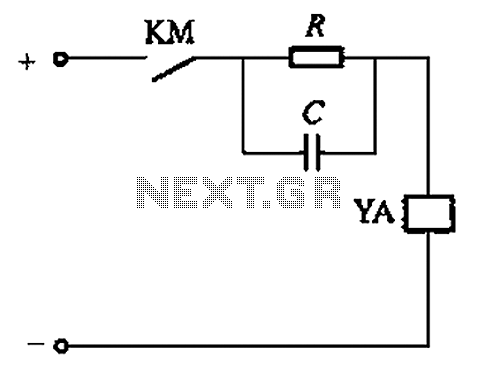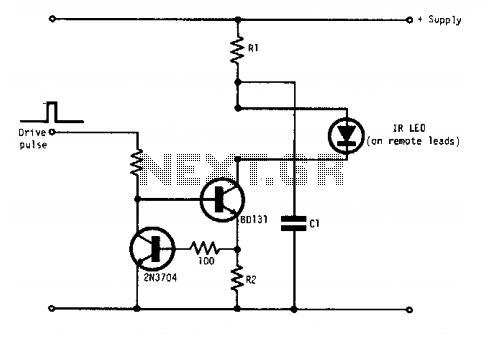
uPC1891 application circuit

The ptPC1891A application circuit features a working state switch (SA) with a total of four options. It primarily utilizes ICs 11 and 12 to set different logical levels, as referenced in Table 5-12. The high level is denoted as Sv, while the low level is represented as L. The OVo RPi potentiometer is employed to adjust the depth of effects in concert halls and movie theaters. The RP2 to RP4 potentiometers are responsible for adjusting the output intensity of the left, right, and surround channels. Additionally, C9 serves as an external filter capacitor. The circuit diagram includes the amplifier portion for the surround channel, which is constructed using the TDA2030A to enhance output power. The ptPC1891A operates with a supply voltage of 12V, utilizing an integrated voltage regulator (7812) to control the voltage at pins 11 and 12. The 7812 voltage regulator provides a stable 12V output, which is then used to supply additional components in the circuit.
The ptPC1891A application circuit is designed to facilitate audio processing with adjustable effects and channel outputs. The working state switch (SA) allows users to select from four operational modes, enhancing versatility in various audio environments. The logical levels set by ICs 11 and 12 play a crucial role in determining the circuit's operational state, with the referenced Table 5-12 providing essential guidance for configuration.
The OVo RPi potentiometer is integral in fine-tuning audio depth, adapting the sound output for concert hall and cinematic experiences. This adjustment capability ensures that audio fidelity meets the expectations for immersive sound environments. The output intensity for the left, right, and surround channels is modulated through the RP2 to RP4 potentiometers, allowing for precise balancing of audio channels to optimize the listening experience.
The inclusion of C9 as an external filter capacitor serves to stabilize the power supply and mitigate noise, which is critical in maintaining audio quality. The TDA2030A amplifier circuit is specifically chosen for its efficiency in boosting output power, making it suitable for driving speakers in surround sound applications.
The 12V supply voltage is regulated by the 7812 voltage regulator, which is essential for providing consistent voltage levels to the circuit components. The pins 11 and 12 of the ptPC1891A are directly influenced by this regulated voltage, ensuring that the logical operations remain stable. The overall design reflects a thoughtful integration of components aimed at delivering a robust audio processing solution, making it well-suited for both home theater and professional audio applications.ptPC1891A application circuit, where in SA is working state switch, a total of four to choose from, it is mainly through the Ic 11 and 12 feet set different levels of logical units to achieve, can refer to Table 5-12. Where H is the high level Sv, L low OVo RPi potentiometer used to adjust the depth of the concert hall and movie theater effects, RP2 ~ feet) 4 are used to adjust the output intensity of the left and right channels and the surround channels, Island ~ c9 is an external filter capacitor. FIG amplifier circuit portion of the surround channel amplifier, TDA2030A circuit constituted fffL form to increase the output power O tPC1891A supply voltage of 12V, an integrated voltage regulator 7812,111 2 feet state control voltage Sv, from the 781 12V voltage regulator VDi Rs buck and provide after 2 outputs.
The ptPC1891A application circuit is designed to facilitate audio processing with adjustable effects and channel outputs. The working state switch (SA) allows users to select from four operational modes, enhancing versatility in various audio environments. The logical levels set by ICs 11 and 12 play a crucial role in determining the circuit's operational state, with the referenced Table 5-12 providing essential guidance for configuration.
The OVo RPi potentiometer is integral in fine-tuning audio depth, adapting the sound output for concert hall and cinematic experiences. This adjustment capability ensures that audio fidelity meets the expectations for immersive sound environments. The output intensity for the left, right, and surround channels is modulated through the RP2 to RP4 potentiometers, allowing for precise balancing of audio channels to optimize the listening experience.
The inclusion of C9 as an external filter capacitor serves to stabilize the power supply and mitigate noise, which is critical in maintaining audio quality. The TDA2030A amplifier circuit is specifically chosen for its efficiency in boosting output power, making it suitable for driving speakers in surround sound applications.
The 12V supply voltage is regulated by the 7812 voltage regulator, which is essential for providing consistent voltage levels to the circuit components. The pins 11 and 12 of the ptPC1891A are directly influenced by this regulated voltage, ensuring that the logical operations remain stable. The overall design reflects a thoughtful integration of components aimed at delivering a robust audio processing solution, making it well-suited for both home theater and professional audio applications.ptPC1891A application circuit, where in SA is working state switch, a total of four to choose from, it is mainly through the Ic 11 and 12 feet set different levels of logical units to achieve, can refer to Table 5-12. Where H is the high level Sv, L low OVo RPi potentiometer used to adjust the depth of the concert hall and movie theater effects, RP2 ~ feet) 4 are used to adjust the output intensity of the left and right channels and the surround channels, Island ~ c9 is an external filter capacitor. FIG amplifier circuit portion of the surround channel amplifier, TDA2030A circuit constituted fffL form to increase the output power O tPC1891A supply voltage of 12V, an integrated voltage regulator 7812,111 2 feet state control voltage Sv, from the 781 12V voltage regulator VDi Rs buck and provide after 2 outputs.
